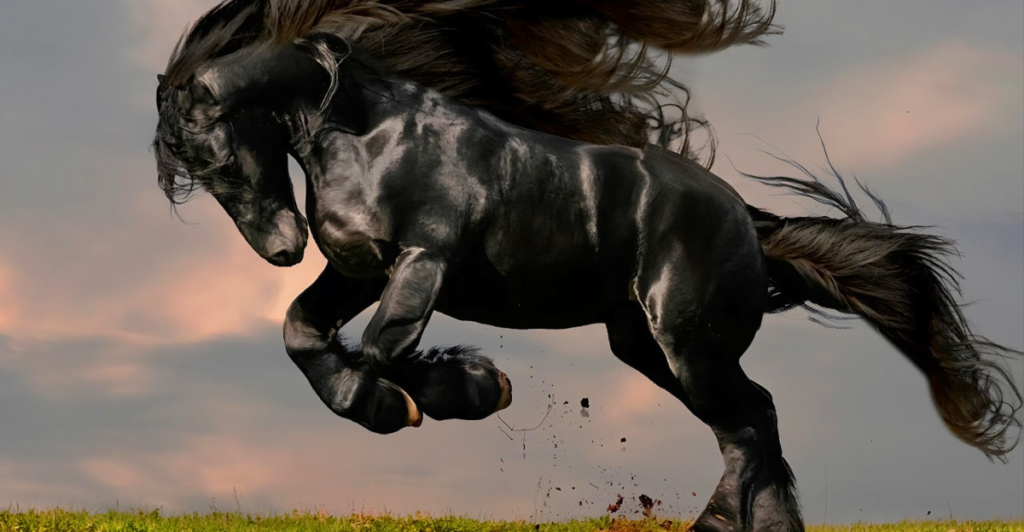
When most people imagine the world’s most beautiful horses, they picture glossy coats and flowing manes, but true beauty in horse breeds often defies expectation. Some of the most striking horses are rare, ancient, or shaped by extreme environments, with features that challenge conventional standards of equine beauty.
For example, the Akhal-Teke’s metallic sheen or the Marwari’s inward-curving ears are as mesmerizing as they are unconventional. Beauty in horses is not just about appearance—it’s a tapestry woven from history, survival, and cultural symbolism.
As we look at these nine remarkable breeds, prepare to discover how beauty in the equine world is often found where least expected, in forms and stories that rewrite what it means to be truly breathtaking.
1. Gypsy Vanner—The Fairytale Horse of the Romani
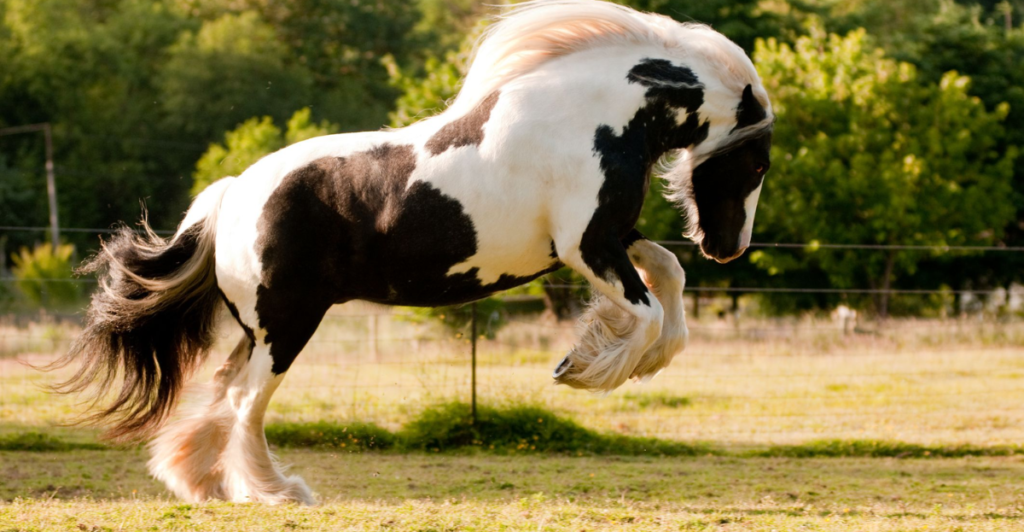
The Gypsy Vanner, bred by the Romani people of the British Isles, is a vision from folklore with its abundant mane, feathered legs, and piebald or skewbald coat. Created to pull ornate wagons, this breed’s beauty is inseparable from its cultural roots—each horse is a symbol of freedom, artistry, and resilience.
The Gypsy Vanner’s gentle temperament and striking appearance have made it a favorite in parades and shows, yet it remains a relatively new and rare breed outside its homeland. Its story challenges the idea that beauty is only ancient or wild, proving that even modern breeds can capture the imagination and redefine equine allure.
With every flowing stride and wind-tossed forelock, the Gypsy Vanner feels like a creature lifted from a painting—its appeal not just visual, but deeply emotional, echoing centuries of nomadic spirit.
2. Akhal-Teke—The Living Golden Statue
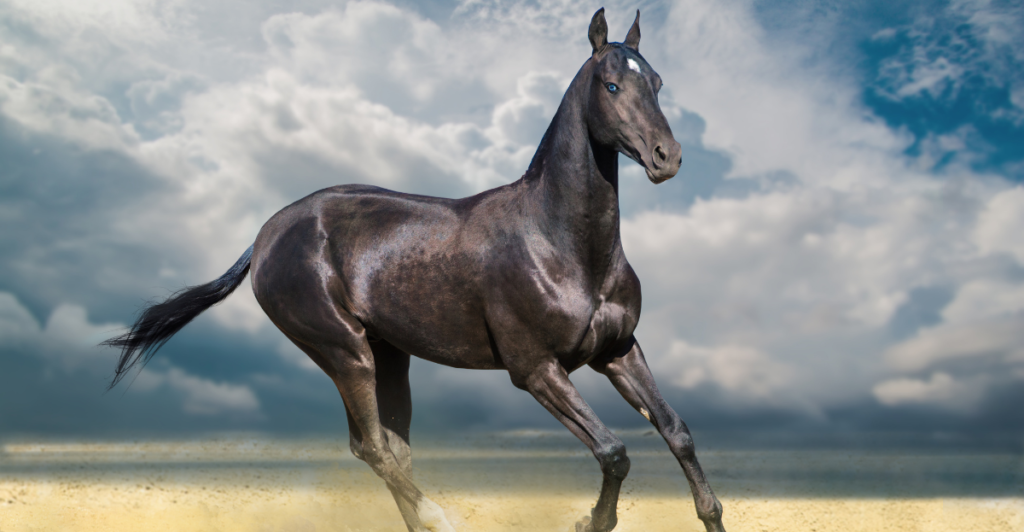
The Akhal-Teke of Turkmenistan is often called the “Golden Horse” for its luminous, metallic coat that can appear to shimmer like gold in the sunlight. This ancient breed, with only about 6,600 individuals worldwide, has adapted to harsh desert conditions, giving it an ethereal elegance and legendary endurance.
Its almond-shaped eyes and slender, almost otherworldly build have led some to call it the “supermodel” of the horse world. The Akhal-Teke’s beauty is not just skin deep; its unique coat structure bends light, creating the metallic effect.
Despite its rarity, this breed has influenced the development of other horses, including the Thoroughbred, making it both a living relic and a genetic cornerstone of equine history. In the world of show rings and sport horses, few can match the Akhal-Teke’s breathtaking blend of function, and sheer visual impact.
3. Marwari—India’s Regal, Curved-Ear Enigma
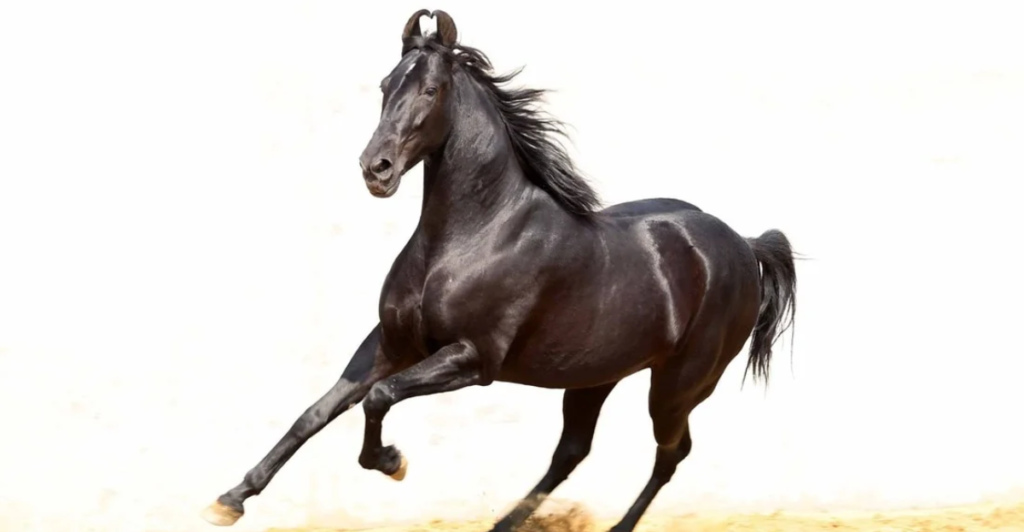
The Marwari horse, indigenous to India, is instantly recognizable by its inward-turning, scimitar-shaped ears that often touch at the tips. Once revered as divine and reserved for warrior castes, the Marwari’s story is one of survival against colonial suppression and near extinction.
Its beauty is accentuated by a proud stance, slender build, and an array of striking coat colors. Recent DNA studies suggest the Marwari may predate even the Arabian, hinting at a lineage that could make it one of the oldest horse breeds still in existence.
Despite its elegance, export bans have kept the Marwari largely unknown outside India, making its allure as much about rarity and legend as appearance. Today, the breed is undergoing a revival within India, celebrated not only for its looks but for its connection to centuries of folklore, royalty, and resistance.
4. Knabstrupper—The Spotted Danish Rarity
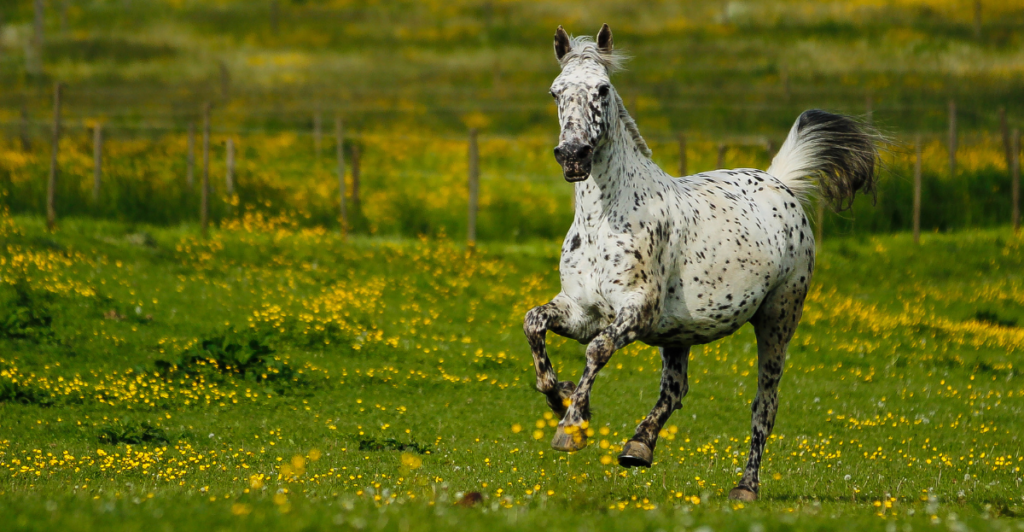
The Knabstrupper, hailing from Denmark, is perhaps the closest thing to a living Dalmatian in the horse world, with its dramatic spotted coat patterns that can range from leopard-like to snowflake.
This rare breed’s beauty is not just in its appearance but in its genetic quirk—Knabstruppers share color genes with the American Appaloosa, yet remain far less common, with fewer than 600 worldwide. Their intelligence and versatility have made them prized in circus acts and dressage, but their rarity means they’re often overlooked in favor of more conventional breeds.
The Knabstrupper’s striking looks challenge the notion that beauty must be uniform, celebrating instead the allure of the unusual.
5. Bashkir Curly—The Hypoallergenic Marvel
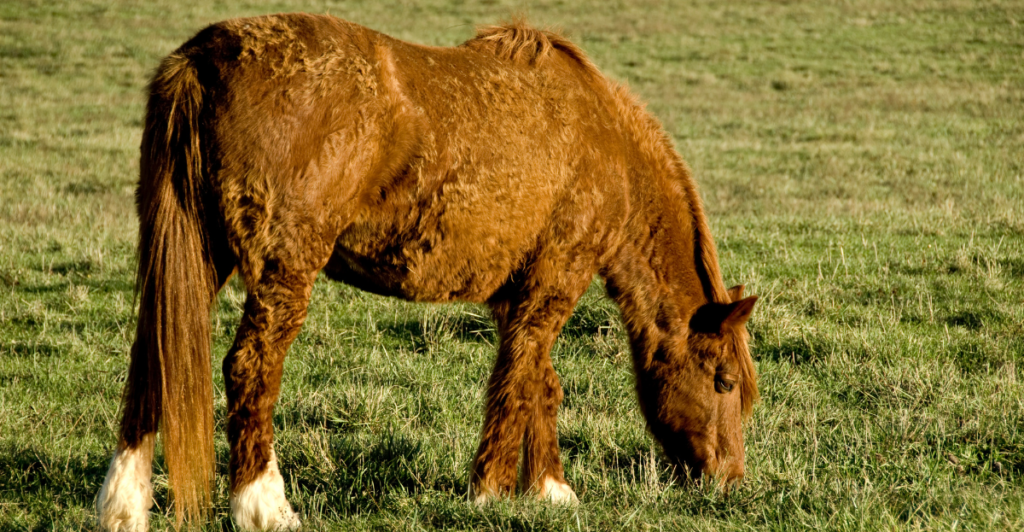
Few would expect a “curly” horse to make a beauty list, but the Bashkir Curly’s unique, poodle-like coat sets it apart. Not only does its hair range from gentle waves to tight curls, but it’s also hypoallergenic—making it a favorite for riders with allergies.
The breed’s origins are shrouded in mystery, with some evidence pointing to ancient Asia or South America. Native American tribes revered Curlies as sacred mounts, and their tough constitution makes them ideal for endurance riding.
The Bashkir Curly’s beauty is a testament to nature’s creativity, proving that function and form can combine in the most unexpected ways. In today’s era of sustainable living and health-conscious choices, a hypoallergenic horse that thrives in extreme climates is a standout.
6. Friesian—The Ebony Powerhouse of the Netherlands

The Friesian horse, with its jet-black coat, flowing mane, and feathered legs, is the embodiment of gothic elegance. Originating from Friesland in the Netherlands, Friesians were once warhorses capable of carrying armored knights, yet they move with a dancer’s grace.
Their cinematic presence has made them favorites in films and dressage arenas, but their survival is a story of resilience; the breed nearly vanished several times in history. Today, their numbers are rebounding, and their beauty is celebrated not just for aesthetics, but for the combination of power, agility, and a history that spans centuries.
With their noble bearing and expressive movement, Friesians offer a dramatic contrast to more refined or colorful breeds, proving that true beauty can be monochrome—and monumental.
7. Caspian—The Rediscovered Ancient Treasure
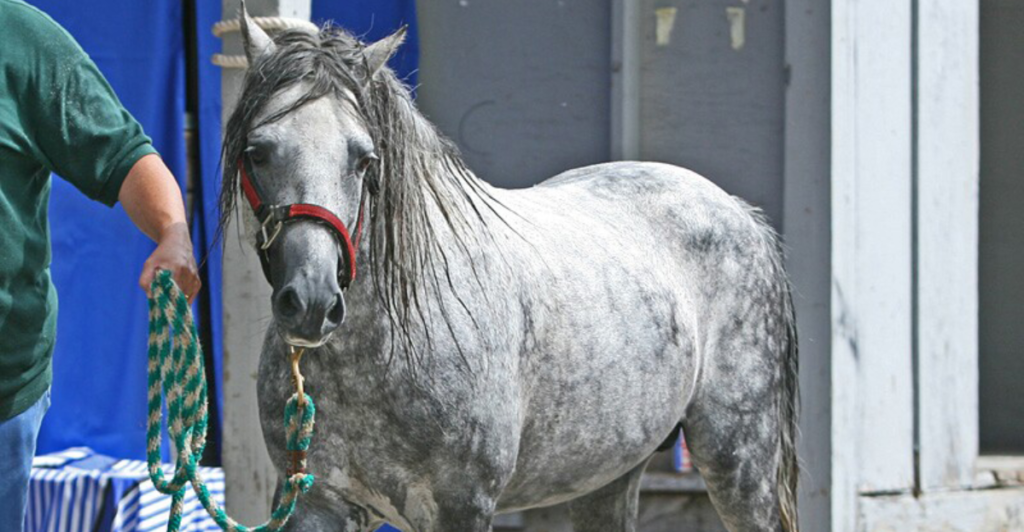
Thought extinct for centuries, the Caspian horse was rediscovered in Iran in the 1960s, living wild near the Caspian Sea. Standing no more than 12.2 hands high, these small but refined horses once pulled the chariots of Persian kings.
Their delicate features and spirited movement evoke the Arabian, yet their story is one of survival against all odds. The Caspian’s beauty lies in its rarity and ancient lineage—each horse is a living link to a time when horses were the engines of empires. Their continued existence challenges the idea that only large or flamboyant breeds can be truly beautiful.
Caspians possess a compact elegance and fluid gait that’s rarely seen in modern breeds. In an era of giant warmbloods and flashy show horses, the Caspian’s understated refinement and royal roots offer a refreshing and humbling alternative.
8. Appaloosa—America’s Spotted Icon with a Changing Coat
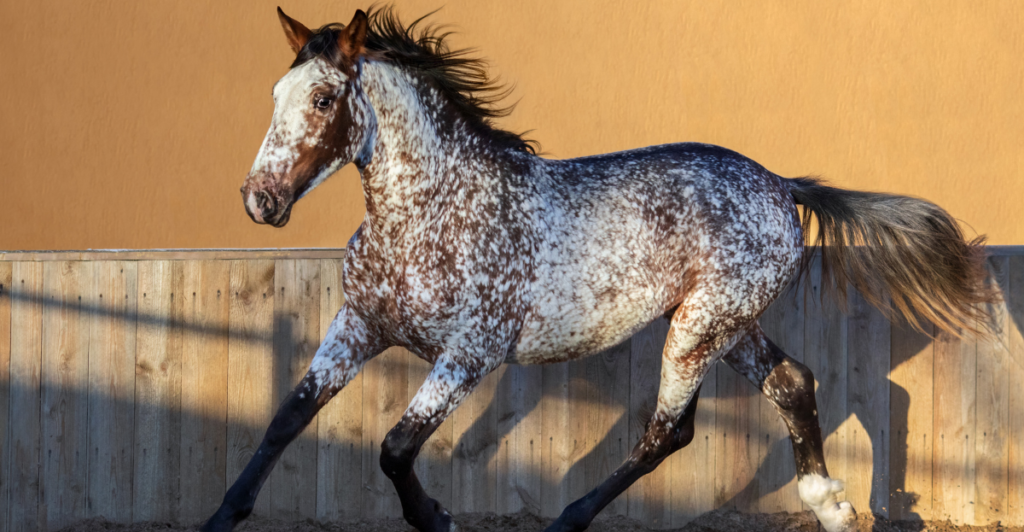
The Appaloosa’s beauty is as dynamic as it is distinctive, thanks to its ever-changing, spotted coat. Developed by the Nez Perce people, this breed’s patterns can shift dramatically over a horse’s lifetime, making each individual a living artwork.
The Appaloosa’s genetic diversity not only ensures its unique appearance but also its versatility in Western riding disciplines. Its journey from near extinction to becoming Idaho’s state horse is a testament to cultural resilience and the enduring appeal of the unconventional. The Appaloosa’s story and looks challenge the notion that beauty must be static or predictable.
With a spirited temperament and bold presence, Appaloosas bring personality to their appearance, embodying both strength and individuality. Their coats may change, but their status as a symbol of creativity and survival remains constant—a beautiful paradox in motion.
9. Haflinger—The Alpine Charmer with a Golden Glow
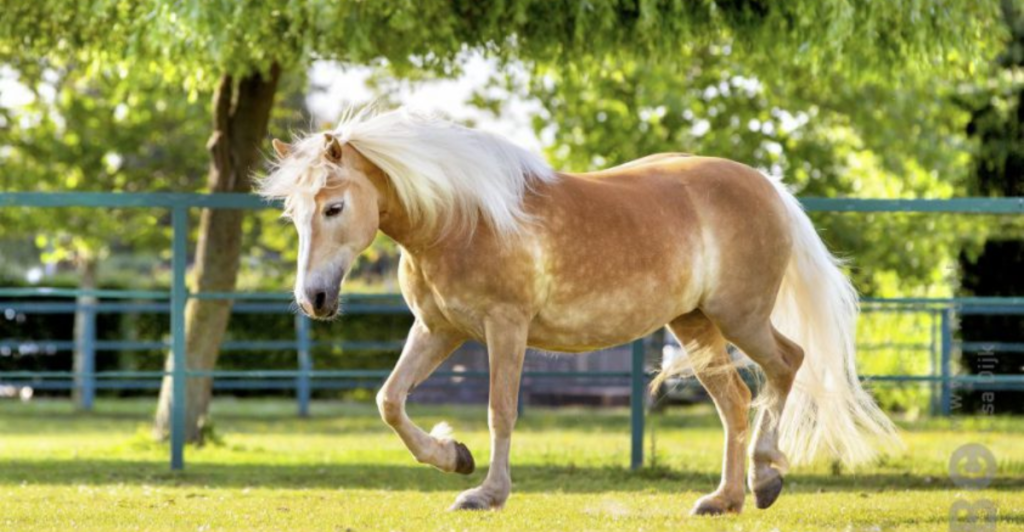
The Haflinger, originating from the Tyrolean Alps, combines compact strength with a golden chestnut coat and flaxen mane that seem to glow in mountain sunlight. Despite standing only 13–15 hands high, Haflingers have a robust frame and a gentle, willing temperament.
Their beauty is enhanced by their adaptability, excelling in both harness and under saddle. The Haflinger’s appeal lies in its harmonious blend of power and elegance, and its story as a breed shaped by harsh alpine terrain. It’s a reminder that beauty can be both sturdy and sweet, forged in the crucible of nature.
While not flashy or rare, Haflingers capture hearts with their warmth and hardiness. They’re living proof that beauty doesn’t always shout—it can hum steadily through generations, radiating charm that’s more sunrise glow than spotlight sparkle.
Explore more of our trending stories and hit Follow to keep them coming to your feed!

Don’t miss out on more stories like this! Hit the Follow button at the top of this article to stay updated with the latest news. Share your thoughts in the comments—we’d love to hear from you!







